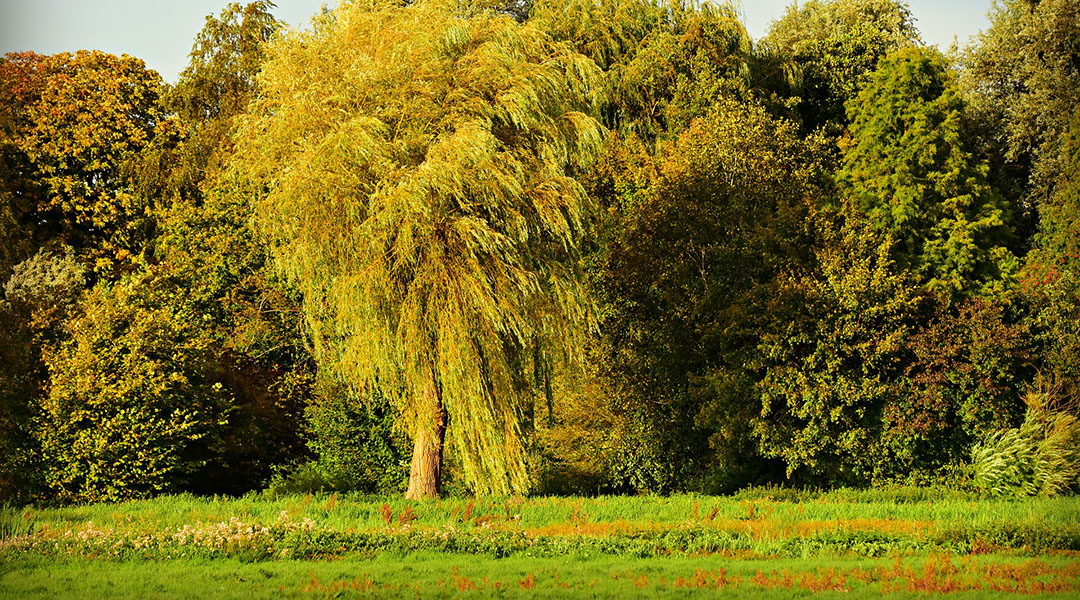Ecosystem services (e.g., provision of food crops and clean water, decomposition of wastes, pollination by insects) are beneficial to society as a whole, yet many are diminishing due to the degradation and over-use of resources. Biodiversity is a crucial component to ecosystem services, but is decreasing, largely due to human-induced land use change (LUC).
As growing demands for energy necessitate expansion of modern biomass systems, new systems must be orchestrated that foster ecosystem services, in addition to providing biomass for bioenergy.
The UN has established the Sustainable Development Goals (SDGs) in an effort to promote global protection of human life and the environment, including goals directly and indirectly related to energy.
Urban expansion and population growth require large sources of power. Biomass, a renewable form of energy, is one way to meet this need. Policy makers are now faced with the task of equitably governing bioenergy; they must devise an approach that simultaneously meets environmental and energy needs.
Short rotation woody crops (SRWCs), with their extensive root systems, hydraulic control potential, and rapid growth, are a solution that provides ecosystem services and biomass for bioenergy.
The objective of a recent WIREs Energy and Environment review is to give examples of positive water linkages (e.g., selecting genotypes that effectively produce biomass in water-limited and water-rich sites) of poplars and willows grown for bioenergy and phytotechnologies.
Eight case studies that describe recent examples of such connections in the USA and Europe are discussed. The case studies assert that human-caused LUC can be beneficial, both to humans, in the form of energy production and contaminant reduction, and to the natural environment by providing ecosystem services, while at the same time satisfying the UN’s SDGs.
Bioenergy systems with intentional localization, design, management, and system integration can produce all of these benefits. The next step for researchers is to advance genotype selection that maximizes environmental and economic benefits. Then, incentives must be developed that promote blended systems (bioenergy/phytotechnologies/ecosystem services) to landowners, policy makers, and site managers.
Kindly contributed by the Authors.

















